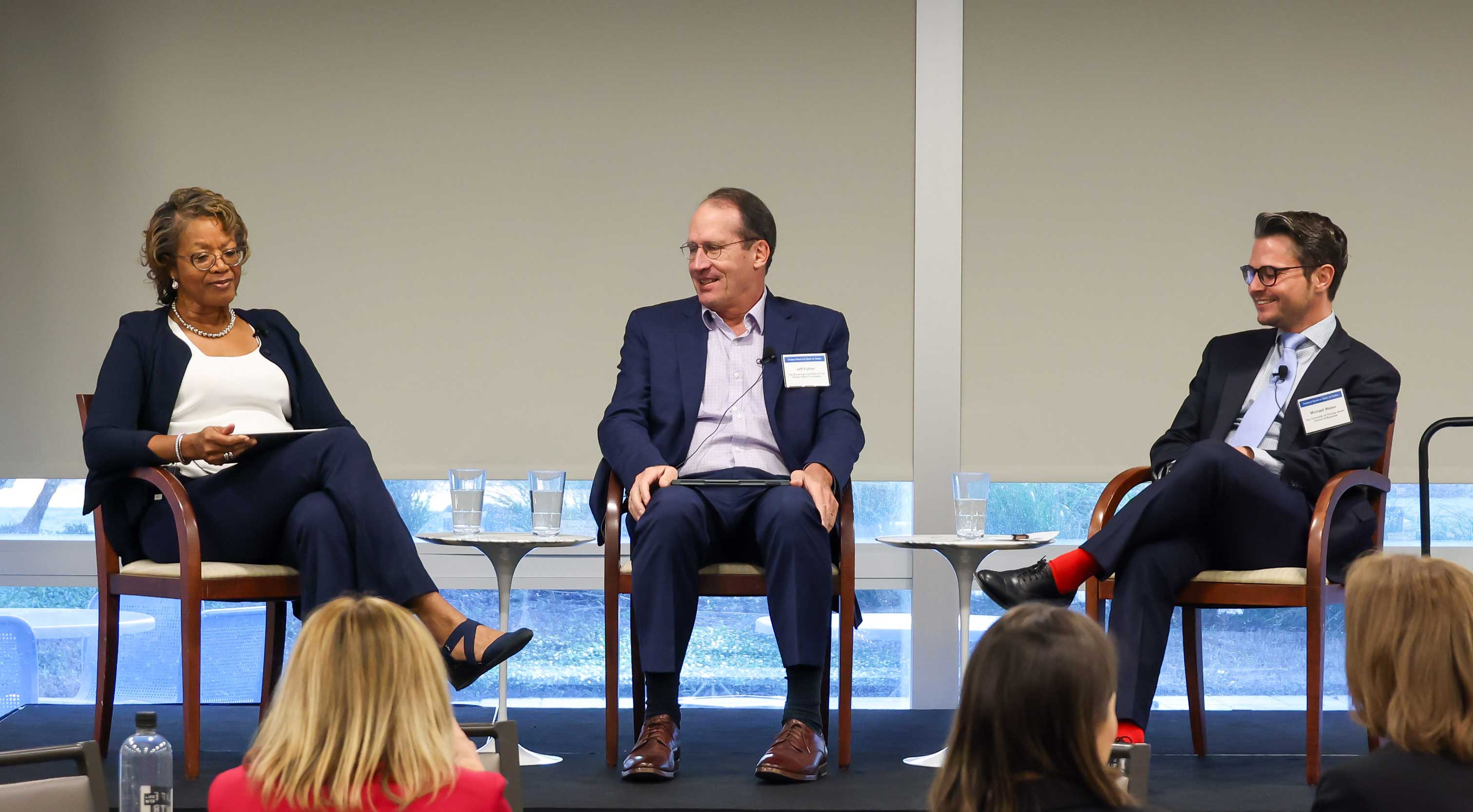
How can you close the digital divide in your community? Start with a needs assessment
The COVID-19 crisis has communities everywhere working to expand internet access for their residents. With students taking classes online and adults working from home, community leaders recognize that broadband is an economic necessity. They’re seeking ways to close the digital divide, or the gap between those who have access to reliable, high-speed internet service and those who do not.
The shape of the digital divide is different in each community. Affordability, infrastructure, lack of devices or skills, and low awareness of the internet’s benefits can all be factors.
To best respond to community needs, local leaders must have a complete picture of their current broadband landscape. Identifying gaps by conducting a needs assessment is the first step in creating effective solutions to close the digital divide. Read on for a brief guide on how to do this.
Assessing your community’s digital needs: what to consider
A needs assessment or survey serves as a guide to learn about and understand the digital divide in a community. It can help local leaders understand residents’ relationships with technology and ensure programs are meeting people where they are. They can use it to identify concrete actions to address gaps and prioritize them as part of a community solution. This systematic approach, coupled with strategic planning, can lead to less-fragmented outcomes in the pursuit of digital inclusion.
Sources such as the Federal Communications Commission and the Census Bureau provide data on broadband availability, household adoption rates, demographics and other statistics. But a more comprehensive view of community issues is needed. That’s where conducting a needs assessment comes in.
Organizations such as the National Digital Inclusion Alliance, National Telecommunications and Information Administration and Next Century Cities have detailed information on what a community needs assessment should capture. We’ve organized this information into three areas:
Demographics and Barriers to Access
Describe the demographics of your community and identify barriers that keep people from using technology. These data are important for understanding factors that contribute to the digital divide and can serve as a baseline to measure progress in the future.
- Who are the individuals that do not use broadband? What prevents them from accessing services? Is it lack of affordability? Or lack of neighborhood infrastructure? Or do they not see value in obtaining access?
- What neighborhoods do individuals without broadband access reside in? What are the age groups? What is their income level? What are their ethnicities? Is their primary language different from English?
- What level of digital skills do people have across the community? Are people interested in learning more about online safety, social media, online job pages or specific software?
- What devices do people use to access the internet? Cell phones? Tablets? Computers? Do existing devices need to be changed or upgraded to meet their needs for broadband services?
- What internet service providers (ISPs) are in the area? What plans do they offer? At what speeds? How much do they charge?
Municipal and Nonprofit Services
Look at programs already offered in your community to better understand how people use public Wi-Fi or public devices and identify gaps in access or service. Public libraries in particular play an important role in digital inclusion. They often provide free Wi-Fi, access to computers and digital skills training.
- What is usage like at public libraries? Are computer labs widely used, or do most people bring their own computers? Is there a time limit? Who are the most frequent users?
- How often are free public Wi-Fi networks used? How vital are they as a source of internet access for residents without household access?
- Are there organizations that provide digital skills training? If so, which ones? What neighborhoods are they located in?
Bandwidth
Consider how well internet speeds in your community meet everyone’s needs for connectivity. Understanding the bandwidth needs of both residents and businesses can lead to improved services and economic development opportunities. According to the Fiber Broadband Association, improving internet access and speeds in a community can spur job creation, innovation and business relocation to the area.- Do local businesses, higher-education institutions, hospitals, public-safety organizations and tech centers have the bandwidth they need?
- Could improving bandwidth attract more business? Could faster connection speeds significantly improve operations for organizations?
- In terms of available internet speeds, how does your community compare to similar cities?
Examples from Texas communities
The city of Austin’s 2017 Digital Assessment Project is a good example of what a needs assessment could look like. Austin’s survey is adjusted and administered every three years. Respondents can fill out the questionnaire either by mail or online with an access code. The survey takes less than 20 minutes to answer and is available in English and Spanish.
According to Colleen Billiot, senior public information specialist at the city of Austin, “The insights gained from the survey have been used to share statistics on local broadband access with city council members, identify the ZIP codes and neighborhoods most in need of tech and training options, and further collaborations with organizations and sectors serving targeted demographics, such as school-aged children.”
El Paso County and the city of Brownsville are at an earlier stage in the process. Officials in El Paso have just partnered with the University of Texas at El Paso to launch their first countywide assessment this fall. The insight they gain from local residents and businesses will be vital to crafting their strategy.
Andrea Adkins, economic development director for El Paso County said, “Conducting a broadband market and demand study will be key in determining short-term needs and long-term plans for the expansion of affordable broadband in our community.”
The city of Brownsville hopes its survey results will detail the distinct needs of their community.
“A digital inclusion assessment provides us more specific insight on the structural barriers our residents face. This is a fundamental step to ensure our strategies are aligned and effective,” said Noel Bernal, Brownsville city manager.
Turning assessment into action
Conducting a needs assessment allows your community to craft a digital inclusion strategy driven by local facts. To keep the momentum going, it’s vital to engage a coalition of stakeholders. Your group should reflect local demographics and include representatives from government entities, K-16 education, health institutions, economic development and nonprofits. Through collaborative leadership, stakeholders can help advocate, increase public awareness, implement solutions and ensure no one is left behind, particularly in communities of color.
After learning and understanding, it is time to act to close the digital divide. A needs assessment is only effective if it serves as a propeller for action. Now more than ever, we must strive to ensure everyone has the opportunity to be connected.
About the Authors
The views expressed are those of the author and should not be attributed to the Federal Reserve Bank of Dallas or the Federal Reserve System.



